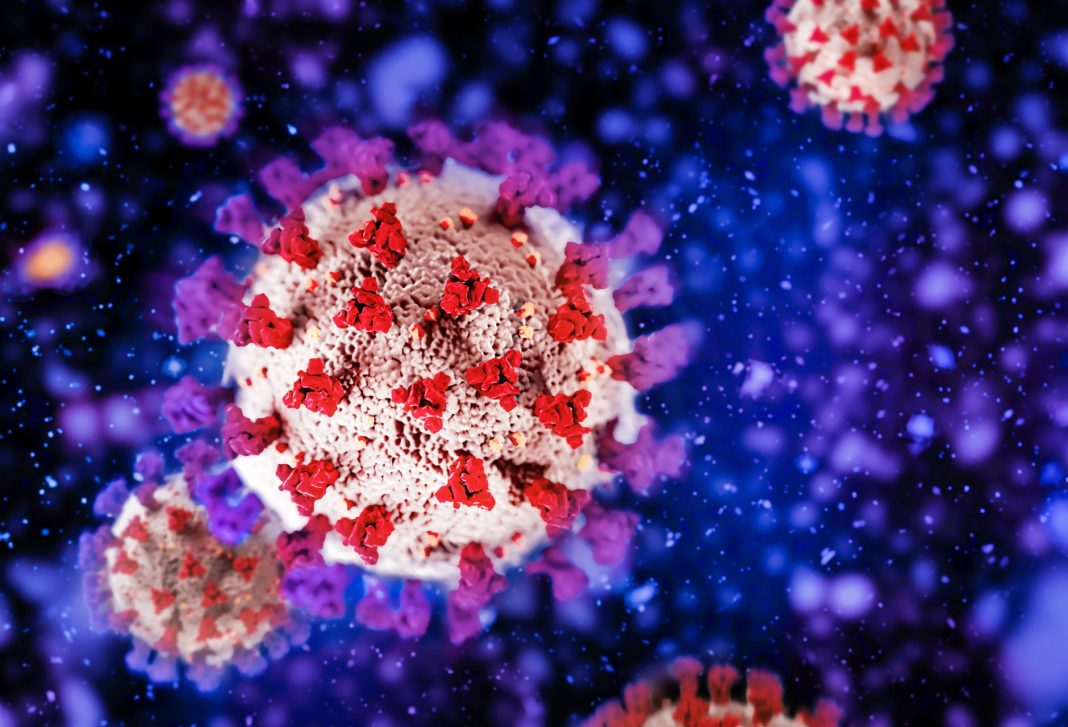SARS-CoV-2 variants continue to evolve (even if they are no longer making headlines.) In August, researchers detected a new SARS-CoV-2 “variant of concern” in patients, first in Israel and Denmark. Over the past few months, this variant, BA.2.86 or “Pirola,” has made its way around the globe. The Pirola variant has raised alarms because it is highly mutated—comparable to the levels of mutations seen in the Omicron variant.
“There’s a concern that a virus with such a high number of mutations would ‘escape’ T cell immunity,” says Alessandro Sette, DrBiolSci, professor at the Center for Vaccine Innovation at La Jolla Institute for Immunology (LJI).
Because of those concerns, researchers sought to determine whether previous COVID-19 vaccination (or previous SARS-CoV-2 exposure) can protect people from severe disease. Now, new research predicts the impact of BA.2.86-associated mutations on SARS-CoV-2-specific T cell responses.
The findings, published in Cell Host and Microbe in the paper “Pre-existing SARS-2 specific T cells are predicted to cross-recognize BA.2.86,” suggest that pre-existing SARS-CoV-2-specific T cells can cross-recognize BA.2.86.
“Our analysis suggests there is positive news,” says Alba Grifoni, PhD, research assistant professor at LJI. “It appears previous exposure to Omicron—or vaccination with the newer bivalent vaccines—may arm a person with T cells that can ‘catch up’ and generate responses specific for fighting Pirola.”
The researchers used the Immune Epitope Database (IEDB) which contains data—collected by immunologists around the world—describing how immune cells recognize epitopes on microbes. The researchers first extracted the data on how COVID-19 vaccines or previous SARS-CoV-2 exposure result in T cells targeting SARS-CoV-2 epitopes. They then developed a bioinformatics pipeline to simulate the T cell response to Pirola based on experimental and predicted data from previous SARS-CoV-2 variants.
The researchers found that most T cells could still target epitopes on Pirola. More specifically, 72 percent of the fragments recognized by CD4+ helper T cell responses and 89 percent of CD8+ killer T cell epitopes were conserved between the variants.
Fewer conserved T cell epitopes were found on on Pirola’s Spike protein. Only 56 percent of CD4+ T cell epitopes and CD8+ T cell epitopes were conserved on the Spike protein. Yet when the researchers took a closer look at the Spike fragments, they found that 96 percent of CD4+ T cell epitopes and 62 percent of CD8+ T cell epitopes were similar enough that T cells would be predicted to recognize them.
“A lot of the epitopes recognized by the immune system are still conserved on the new Pirola variant,” says Sette. “We strongly predict that the virus will still be recognized by T cells.”
“T cells may also be able to ‘run’ after the Pirola’s newly mutated peptides to mount a new response against those epitopes, as we saw for other variants,” adds Grifoni. “We think that may play a role in why, despite viral evolution, we haven’t seen more severe disease in cases of Pirola infection or other more recent variants.”
Grifoni emphasizes that these findings are predictions, not observations based on actual Pirola infections. Still, she thinks it is important to see how these “in silico” predictions reflect in recent real-world studies. “We still need experimental validation, but we have established several collaborations worldwide that are investigating this question as we speak,” Grifoni says.
Many people are still vulnerable to SARS-CoV-2 infection, even the Pirola variant, adds Sette. “That’s why people should still be vaccinated, particularly with the updated vaccines.”
The researchers are currently collecting experimental data to learn more about T cell responses to variants and further strengthen their prediction tools. Grifoni is especially curious to figure out exactly how people who have had bivalent vaccine boosters and/or “breakthrough” infections mount T cell responses against future variants.




